The Sicily Series | Part I – Catania, Black City

Over the last few weeks, the Daily Norm was all about Marrakech, and the highly spiced rose city will resonate long in the minds of Norms and the Daily Norm writer. But now this blog has headed back to European shores, albeit not far from the desert sands of Morocco. For one of the Mediterranean’s most southern points, and its largest island, is the Italian island of Sicily, known for some as the ball being carefully nudged by the point of Italy’s toe. Famous for its volcanoes, its mafia, its voluminous seafood and rolling agricultural land, for its ruins and its baroque splendour, Sicily is a veritable melting pot of historical and cultural highlights, and the perfect location for any aesthete on holiday.





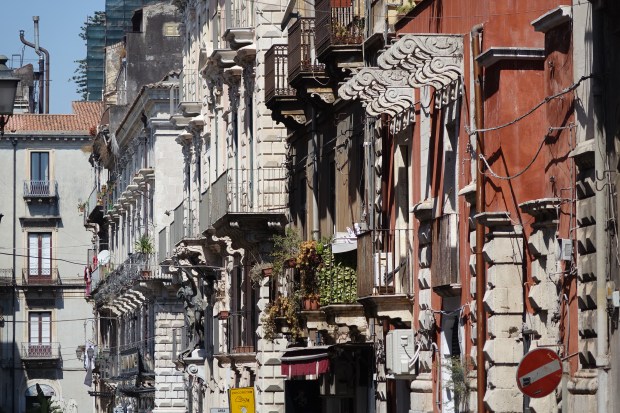


But Sicily is a large island and we would be pushed to do it all in the time available. So with only a little over a week at our disposal, we concentrated our energies on the Eastern coast, and the lands above and beneath the mighty shadow of Mount Etna, one of Europe’s most active and prominent volcanoes. With its proximity to Greece as well as Italy, the Eastern side of Sicily is one heavily characterised by a history of both Greek as well as Roman civilisations, not to mention the Arabic and Spanish influences which also made their mark during their respective occupations. All of these influences were clear to see upon our first stop in Sicily, in its second biggest city and the tenth largest in Italy: Catania.
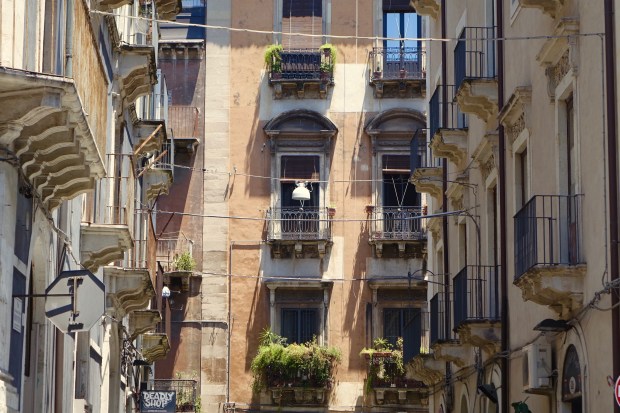







Both the scale of this bustling city, as well as its historical and geographical influences were immediate upon arrival in Catania. Bracing ourselves behind the wheel of an all-too-new hire care, our first encounter with Catania was with its wild roads, filled with drivers, irritated by the heat and paying little attention to generally accepted driving rules. Mercifully unscathed, it was only when we parked that we were able to calmly appreciate Catania, a city whose roads seemed to stretch off into an eternity of traffic jams sparkling like slowly moving jewels, whose streets are crammed with more churches than there are shops, and whose landscape is rendered tiny by comparison with the mighty silhouette of Etna which is omnipresent in the background, wherever you look.
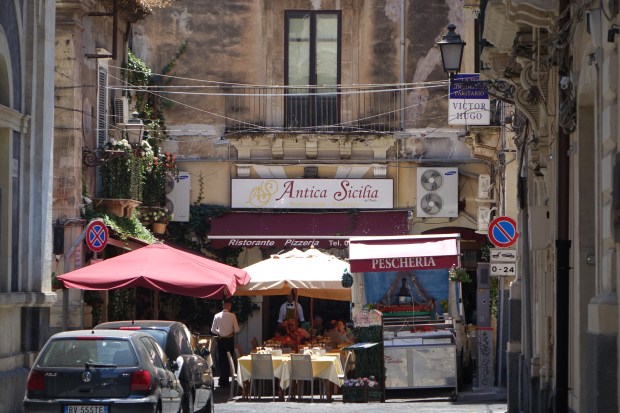

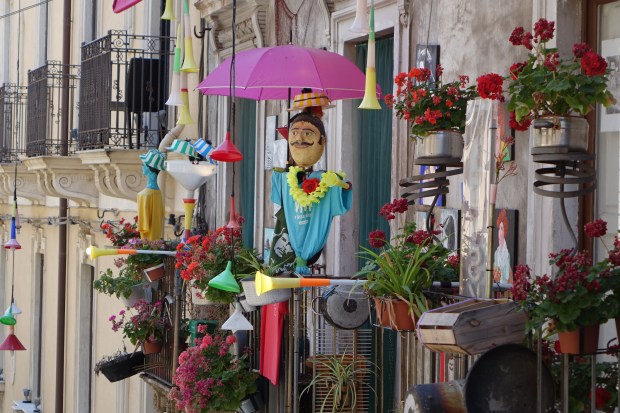


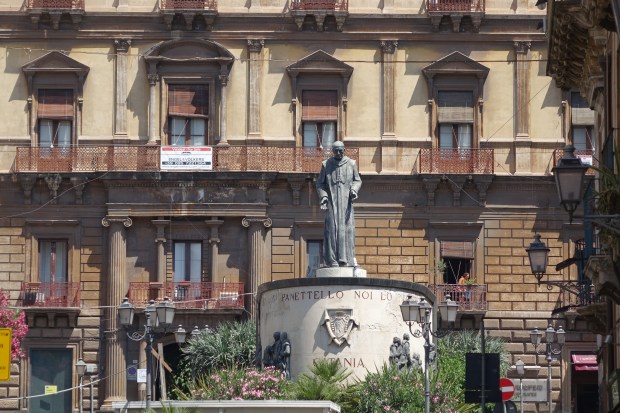

For me, Catania was a city with much of the hectic disorder of Naples, but with the refinements of Rome. It is one characterised by the breadth of its architectural splendour, from frequently arising Roman and Greek remains squeezed between more modern houses, to the exquisite quality of its baroque architecture. And above all, it is one which has earned its epithet: “black city”, forged as it is from the lava stone which nearby Etna has regularly granted the city, Surprisingly hard but tellingly cratered, the lava stone from which Catania is built is a true testament to this city’s unavoidable relationship with its nearby volcano – both the source of its wealth, and the constant threat of its destruction.


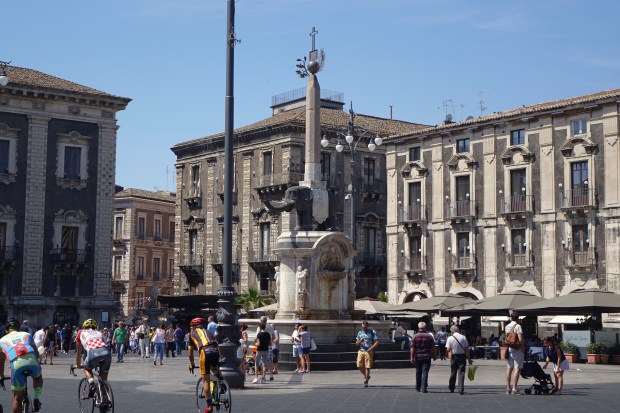
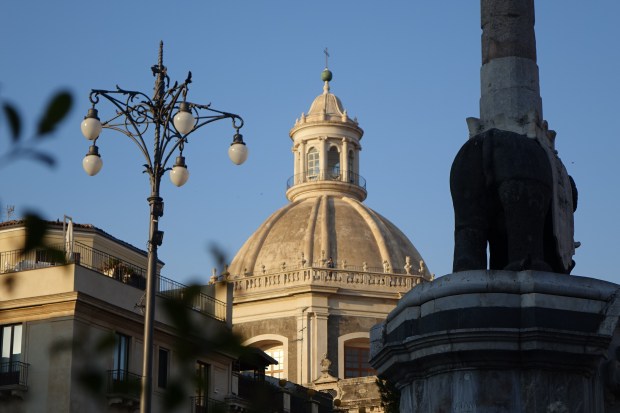

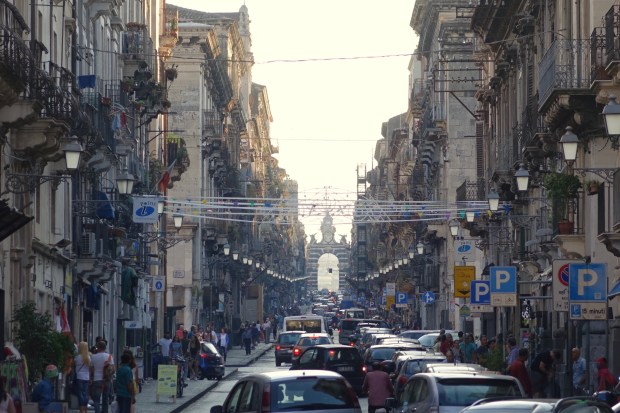
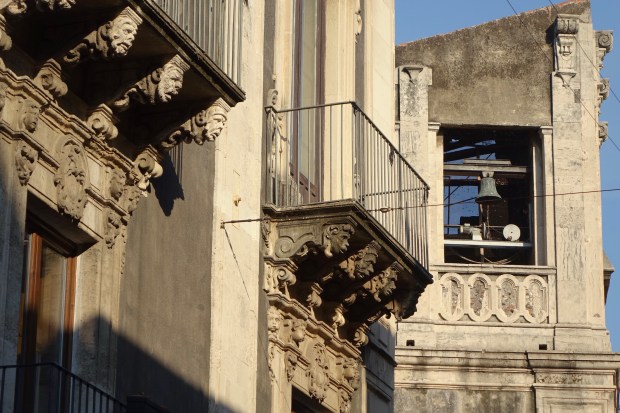

Perhaps it is this vulnerability which gives Catania the undeniable spirit which pervades it. Its residents can be excused for living by the ethos: carpe diem. After all, Etna is continuinuously erupting, and no one can ever be sure just when the next large eruption will reach this heavily inhabited Sicilian city. So seize the day we certainly did, passing 24 hectic hours in Catania in what was a relentless conveyor of churches, coffees, aperol spritz and lots of pasta. And what a great beginning to our Sicily trip it was!
© Nicholas de Lacy-Brown and The Daily Norm, 2001-2017. Unauthorized use and/or duplication of the material, whether written work, photography or artwork, included within The Daily Norm without express and written permission from The Daily Norm’s author and/or owner is strictly prohibited.







































Trackbacks & Pingbacks